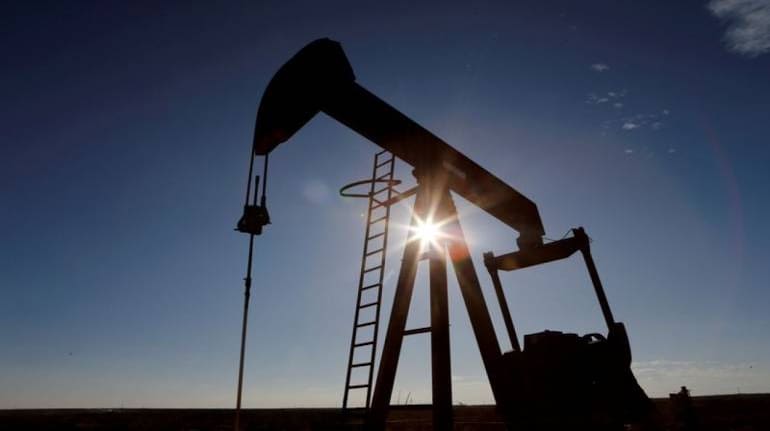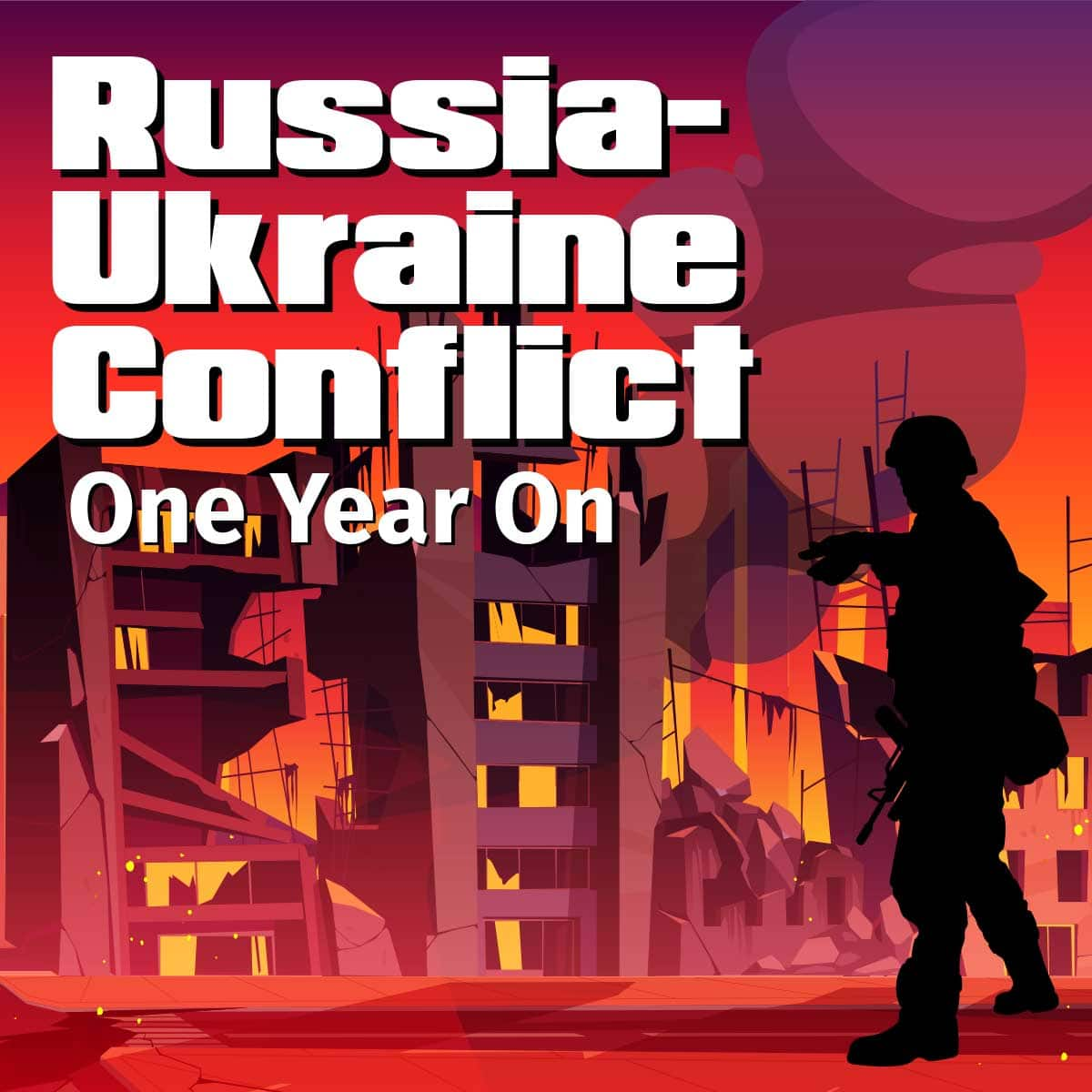



Anticipation of Russia attacking Ukraine made crude oil prices volatile ahead of the war and when it did happen, it wreaked disruption and chaos on global energy markets.
On February 24, 2022, Russia—one of the largest exporters of crude oil to the world—sent troops into Ukraine, triggering an unprecedented global energy crisis.
Volatility in the price of crude oil has not settled even after a year on account of geopolitical tensions, supply concerns and recession fears. In the one year since the war started, crude oil prices climbed to a 14-year high of $140 per barrel in March 2022 and have now tapered off to around $80 per barrel due to weak demand amid global inflation.
Crude oil prices began to rise even before Russia attacked Ukraine due to the anticipation of a war between the two countries. The price climbed to $105—for the first time since 2014—on the day Russia invaded Ukraine. It then skyrocketed to $140 per barrel in March 2022 due to geopolitical tensions as world powers pledged to cut economic ties with Russia.
Russia, the country which was the largest source of crude oil and natural gas for European nations, was now drowned in sanctions imposed by the European Union (EU) and the US.
Responding to the sanctions, Russia began diverting oil supplies from its traditional markets and started selling oil at discounted prices to countries in Asia such as India and China.

Global inflation
As the world was coming out of the Covid-19 pandemic, the global economy faced another challenge -- rising inflation. Major economies including the US and the UK witnessed record-high inflation levels.
Crude oil prices began to cool due to deteriorating demand amid global inflation and recession fears. Key central banks around the world hiked interest rates to tame record-high inflation. In August 2022, crude oil prices fell to a nearly six-month low of $94 as inflation worries drove prices down.
Oil prices further tumbled in the second half of 2022 owing to the zero-COVID curbs imposed in China— the world’s largest importer of oil—denting fuel demand.
OPEC supply cuts
Crude supply from the producers’ cartel Organisation of Petroleum Exporting Countries and its allies, commonly known as OPEC+, has been another factor dictating prices since the war began.
The EU and the US urged OPEC+ to boost production as concerns loomed over European nations with a halt in supply from Russia. Despite calls to increase oil supply by the West, prices again rose in October 2022 after OPEC+ announced supply cuts of 2 million barrels per day (bpd) to support prices.
G7 price cap
Aimed at hitting Russia’s largest source of income, the G7 countries—Canada, France, Germany, Italy, Japan, the UK and the US, with the European Union as a “non-enumerated member”—imposed a price cap of $60 per barrel on exports of Russian oil on December 5.
However, the G7 countries allowed the flow of Russian oil into the market to limit the impact on global prices. Crude oil prices fell to $82 on December 5 after the imposition of the price cap.
According to the G7 decision, companies providing transportation services, such as shipping and insurance, can only handle Russian cargo if oil is purchased below or at the price cap. The decision was taken as the world's key shipping and insurance firms are based in the G7 countries.
Russia then declared it would not supply oil to countries that abide by the cap. As it later turned out, the price cap did not seem to have a major impact on Russia as the country was already selling its crude at a lower price.
China demand
As China relaxes Covid-19 restrictions after months of strict lockdowns, demand recovery in the country is expected to remain a significant factor in 2023.
On February 14, OPEC raised its 2023 global oil demand growth forecast amid the easing of restrictions in China. Global oil demand will rise by 2.32 million barrels per day (bpd) in 2023, or 2.3 percent, said OPEC in a monthly report.
In January 2023, Russia supplied the highest level of crude oil to China since the beginning of the war as the Asian country’s economy picked up pace again.
Crude oil prices, which are trading around $80 per barrel currently, may trade higher on account of the demand increase in China.
However, factors such as global inflation, interest rate hikes by central banks and inventory build-up in the US could offset demand hopes.
Discover the latest Business News, Sensex, and Nifty updates. Obtain Personal Finance insights, tax queries, and expert opinions on Moneycontrol or download the Moneycontrol App to stay updated!
Find the best of Al News in one place, specially curated for you every weekend.
Stay on top of the latest tech trends and biggest startup news.